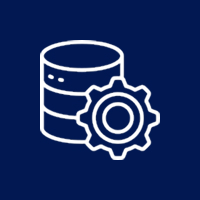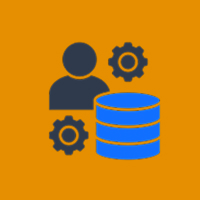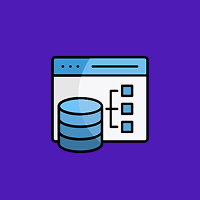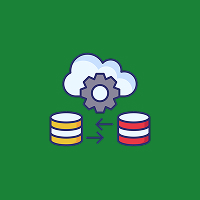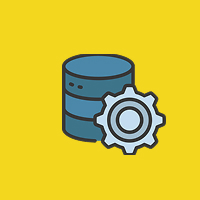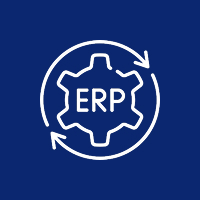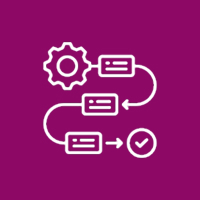In a world dominated by data, clean and reliable data is critical to analysis, decision-making, and reporting. However, raw datasets often contain errors, duplicates, missing data, or inconsistent formats. The good news is that SQL, the standard language of most databases, has powerful and effective ways to clean and prepare that data for a more meaningful purpose.
Data cleaning skills help anyone working with data — whether you’re an analyst, engineer, or developer. These skills save time, improve data quality, and build confidence in the results you deliver.
Why Data Cleaning Matters
Dirty data leads to misleading derived insights, broken queries, and poor decisions. In the end, good data supports:
- The same record in a strawman dataset
- Trustworthy, accurate analysis
- More confidence in the integrity of the data
- More insightful reports and dashboards to surface that data
Making time to clean the data at the front end saves time, money, and raw frustration at the back end.
SQL Solutions for Typical Data Problems
1. Duplicates
The existence of duplicate records can cloud your metrics and inflate the counts unfairly. SQL allows you to sort through duplicates and remove them, which improves your reporting and helps you prepare your data for future analysis.
2. Missing or Null Values
Null values can easily distort your data when dealing with joins or aggregations. SQL allows you to easily find, replace, or mark your null values in a rational way. It allows you to fill the blanks with some useful default or remove those records to inspect later.
3. Inconsistent Formatting
If your dates are formatted differently, capitalization is applied some times and not others, or you have inconsistent whitespace, querying your data with SQL, will be next to impossible when you need the data to be consistently formatted to manipulate it.
4. Invalid or Outlier Data
Some data just doesn’t work, such as negative amounts in a sales table or dates that are not within the scope of acceptability. You can either filter out or flag this data using SQL without losing the integrity of the data and impacting your reporting.
5. Data Enrichment
With SQL, it is straightforward and uncomplicated to join tables, enrich datasets with tables or cross-reference against your reference data. Joining your tables helps fix inconsistencies, fills the gaps, and provides that richness that enables your datasets to be useful.
Best Practices for Data Cleaning Using SQL
Backup Before You Edit
Always remember to make a backup or work in an environment where you can stage your changes so you don’t accidentally lose data.
Try on Samples First
Always run your cleaning logic on a small dataset or sample before running it against the entire database so you can confirm that it is working.
Use Temporary Tables
Using temporary tables to stage your changes can be a safer and more controlled way of updating and transforming data.
Document Your Work
Written documentation or using comments in your SQL scripts helps maintain reproducibility and makes auditing easier.
Enforce Constraints
Whenever possible, use schema-level controls (e.g., NOT NULL or UNIQUE) to inforce the validity of data and prevent dirty data from being entered in the first place.
Real-World Example: Cleaning Customer Data
You receive a customer table where emails have duplicates, capitalization of letters is different, phone numbers are blank, and ages are not plausible. Using a typical SQL, your cleaning process might look like this:
- Identify duplicate records based on email and remove them
- Convert email addresses to all lower-case
- Where there are no phone numbers, enter a value like “N/A”
- Remove or flag records with ages not plausible.
When done, you will have a tidy customer dataset with consistent data, which can be used for analytics or operational purposes.
Conclusion
In the end, SQL remains one of the best tools for cleaning data in any database-driven process. By removing duplicates, filling gaps, standardizing values, and maintaining data integrity, you enable faster analysis, reduce mistakes, and ensure high-quality output.
Start small and work on one data problem at a time to build your cleaning pipeline over time. With some discipline and clever SQL, you can move forward from messy data into the world of clean data. Clean data today should give you the confidence of accompanying powerful datasets in order to better your decision making tomorrow—so build on your data cleaning skills today!



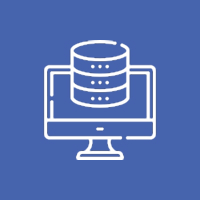









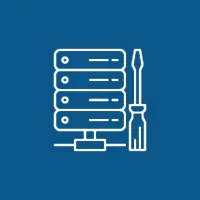 Database Development
Database Development





